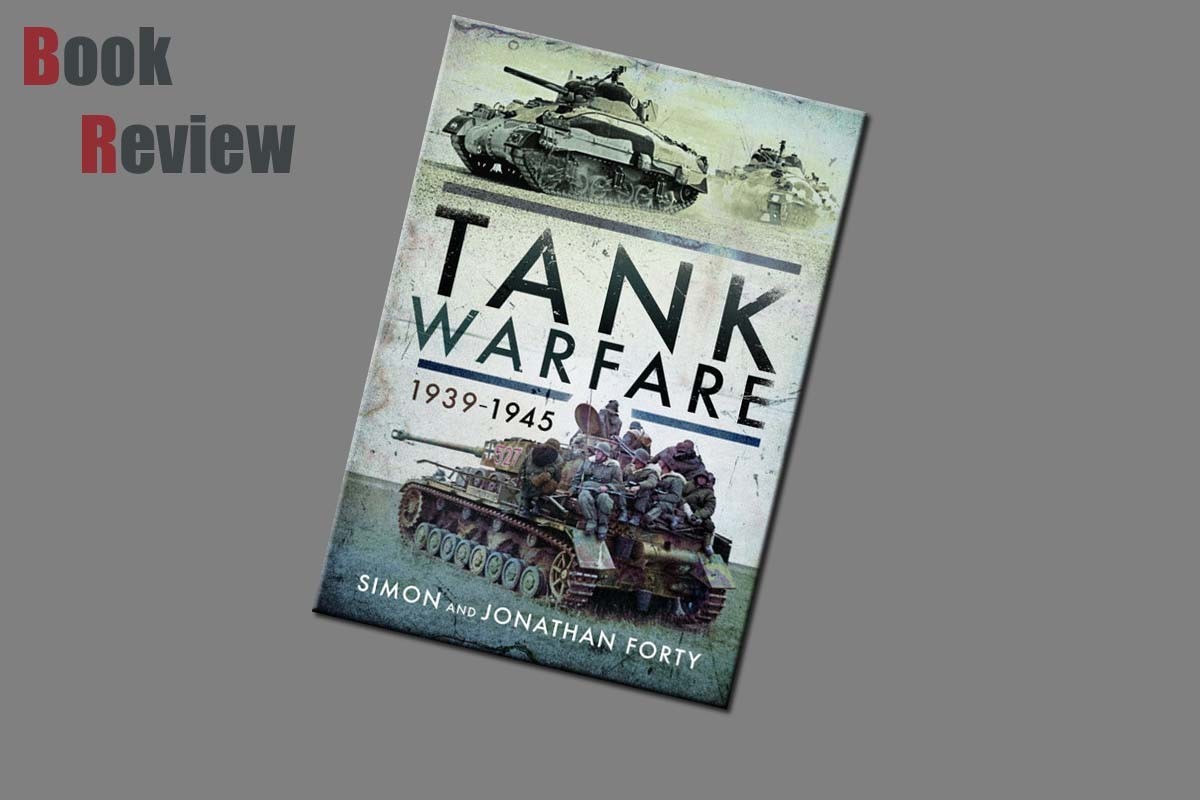Introduction
The following is taken from the Pen and Sword website:
On the battlefields of Europe and North Africa during the Second World War tanks played a key role, and the intense pressure of combat drove forward tank design and tactics at an extraordinary rate. In a few years, on all sides, tank warfare was transformed. This is the dramatic process that Simon and Jonathan Forty chronicle in this heavily illustrated history.
They describe the fundamentals of pre-war tank design and compare the theories formulated in the 1930s as to how they should be used in battle. Then they show how the harsh experience of the German blitzkrieg campaigns in Poland, France and the Soviet Union compelled the Western Allies to reconsider their equipment, organization and tactics – and how the Germans responded to the Allied challenge.
The speed of progress is demonstrated in the selection of over 180 archive photographs which record, as only photographs can, the conditions of war on each battle front. They also give a vivid impression of what armoured warfare was like for the tank crews of 75 years ago.

Review
This offering from Pen and Sword is a hard backed book, covering tank use during World War 2 more so than the vehicles themselves. Over 208 pages of a glossy paper that presents a generous number of photographs to good effect, and of course providing an insight into this type of warfare during World War II. The contents of this book are presented as follows:
Abbreviations and Glossary
Chapter 1 Blitzkrieg
Chapter 2 North Africa
Chapter 3 The Eastern Front
Chapter 4 Sicily and Italy
Chapter 5 Normandy to Germany
Chapter 6 Tanks Against Japan
Appendixes
Tank guns, gunnery and ammunition
Anti- tank warfare
Tank Maintenance and recovery
Tank Radios
Bridging and Bridge layers
Amphibious Tanks
Allied Tank Casualties in World War II
Tank and SP Gun production in World War II
Further Reading
This offering written by Simon and Jonathan Forty takes a look at how the German Blitzkrieg worked so well against the Allied Forces during the early stages of World War II. It considers the lessons learnt by the condor legion during the Spanish Civil War; also remember that the Soviets were there on the other side. And while the lessons learnt were important, I cannot help feeling, it is the battle hardened tank crews of the German forces and their ability to work together that had a big impact on why Blitzkrieg worked so well. The German concept of Blitzkrieg can really be considered to have continued to this day as far as combined arms are concerned, as in infantry, armour, artillery and airpower working together to achieve a goal. This educates us into how this method of attack worked so well. The British in comparison were resistant to armoured warfare, and considered the armoured vehicles as infantry support, and is also why initially British tanks were so slow for the most part. By comparison the French had the largest tank force of any European nation at the start of World War II, but it was so poorly utilised such being spread very thinly and no mass formations that its effectiveness was nullified.
The six main chapters of this book have been used to educate the reader as to how armour was used, for the most part in those specific areas. The mindset and theory of the methodology is touched upon, but not specifically explained in my opinion, but with that said it does its job reasonably well, considering the limited space available in the title. The sections listed under appendices looking at specifics is a great area of the title as a full reference, covering everything from the weapons used against armour, the tactics and ammunition developed to blunt armoured warfare. How the ammunition worked, an its varying effectiveness. If Iam honest I found the appendices of the most interest to me personally. I should also comment that the photographs utilised in the title, have been well chosen, providing a great mix of action and static shots in order to visualise the authors words.
Conclusion
This title authored by Simon and Jonathan Forty, has its place and does cover some interesting aspects of tank warfare. For me, the sections included under the appendices were what I found most informative and interesting to read. As it covered aspects that are often overlooked, or ignored where tank warfare is concerned. To be fair the six chapters in the book, have been limited in their scope by the page count afforded them, but these are still worth taking the time to read and they did a good job with the space they had.

























